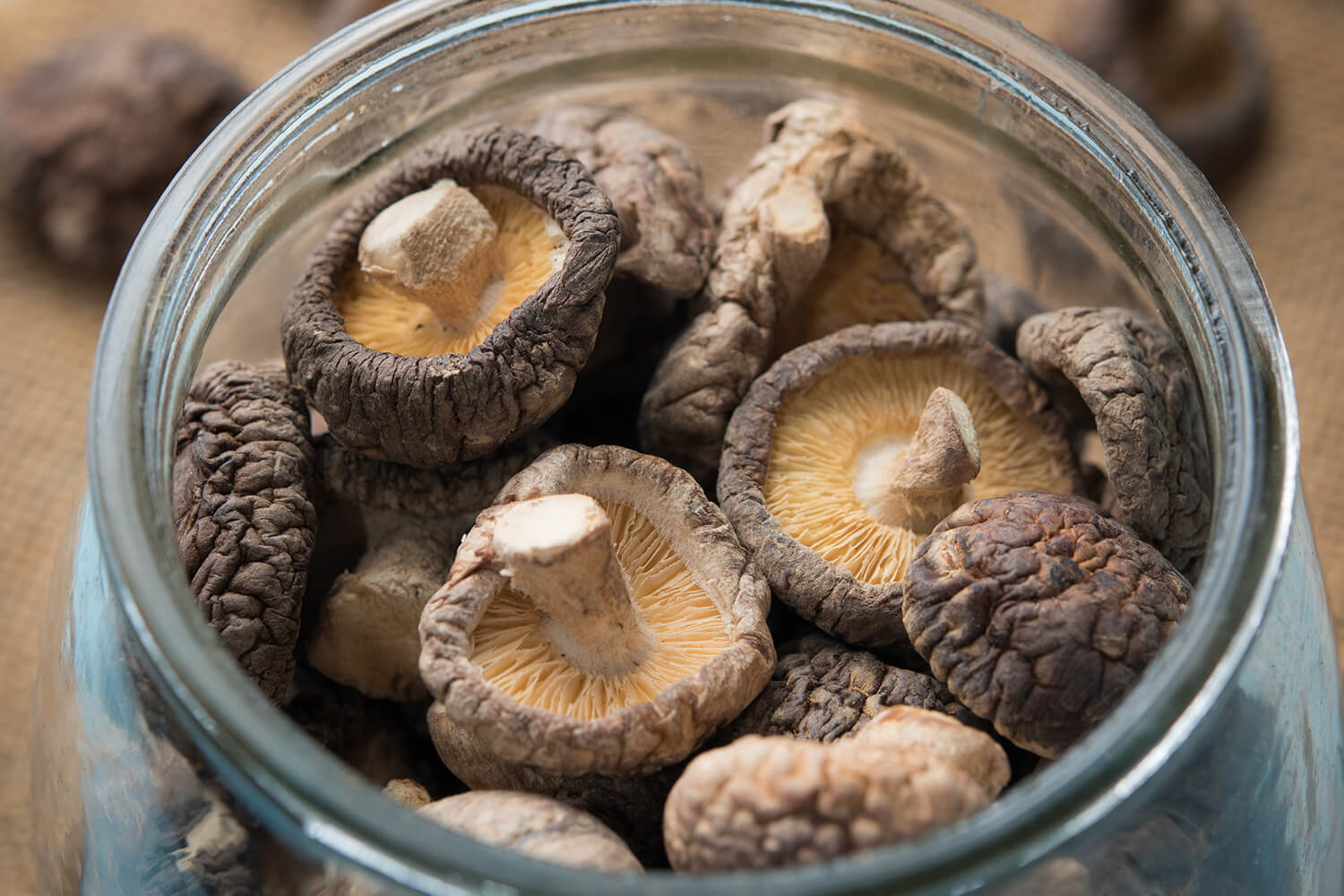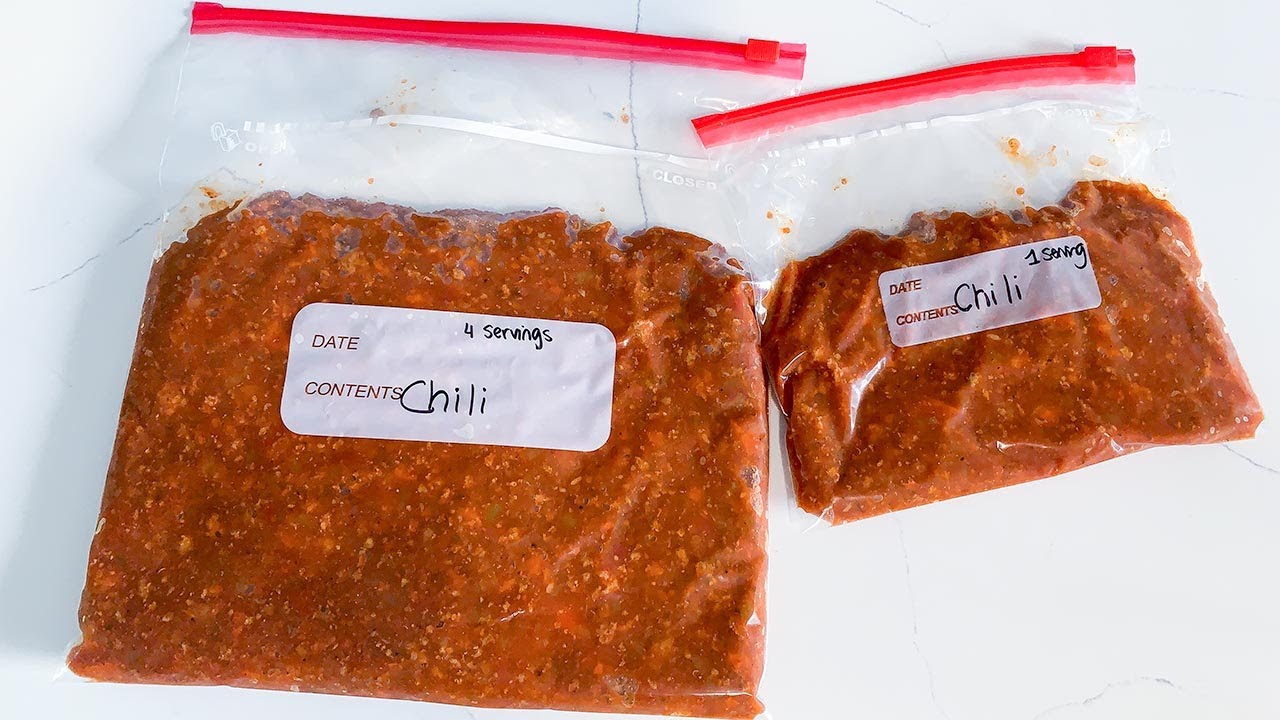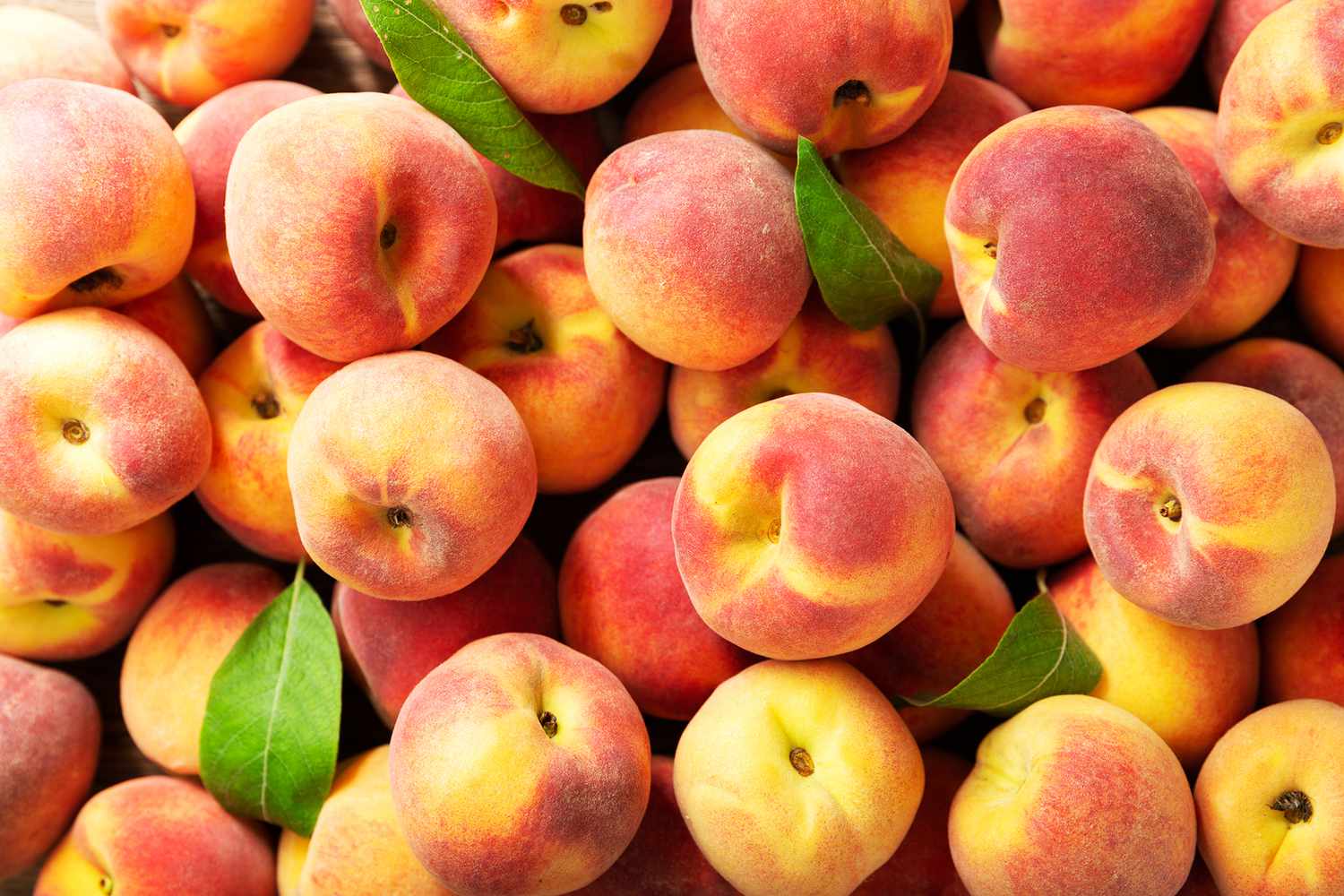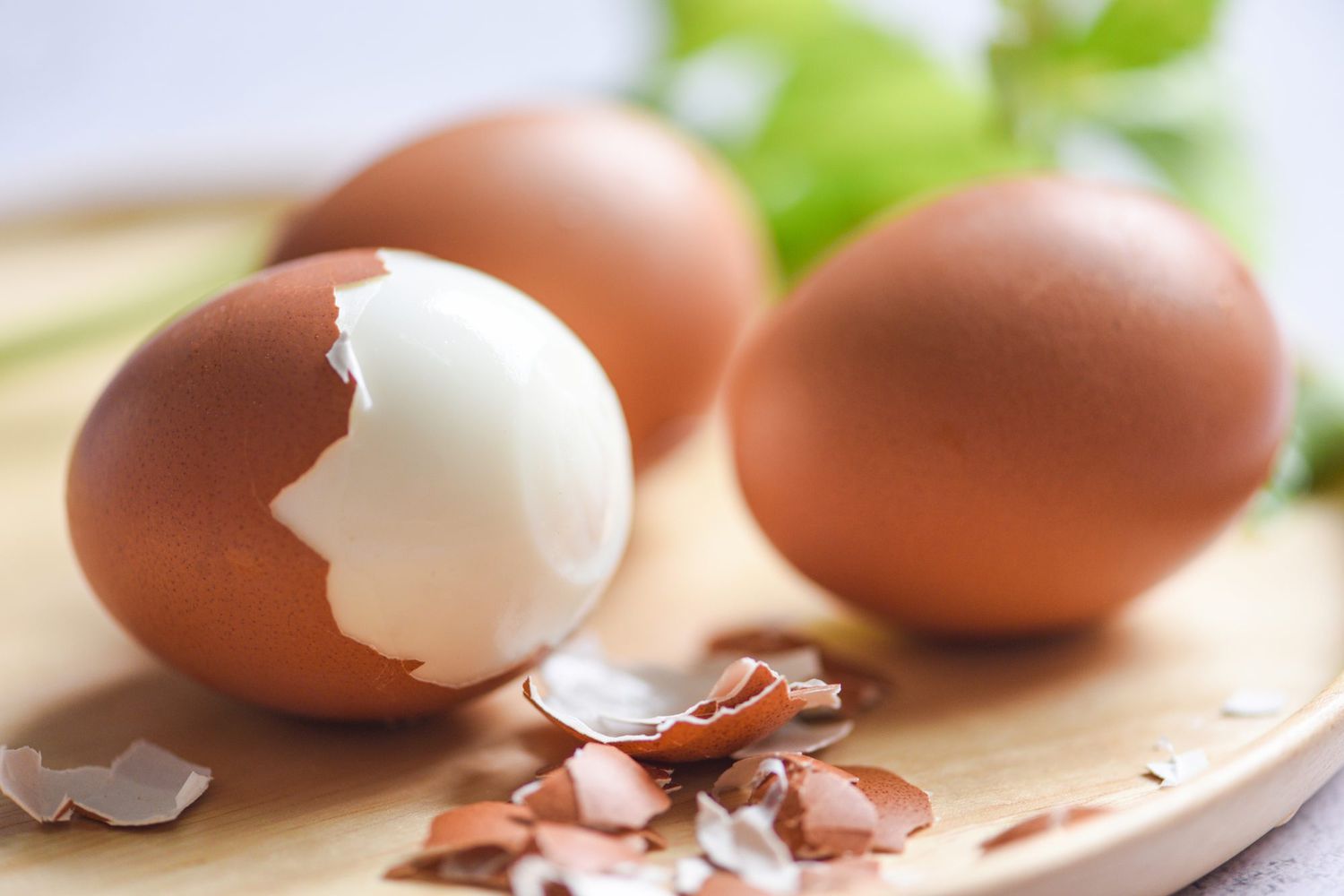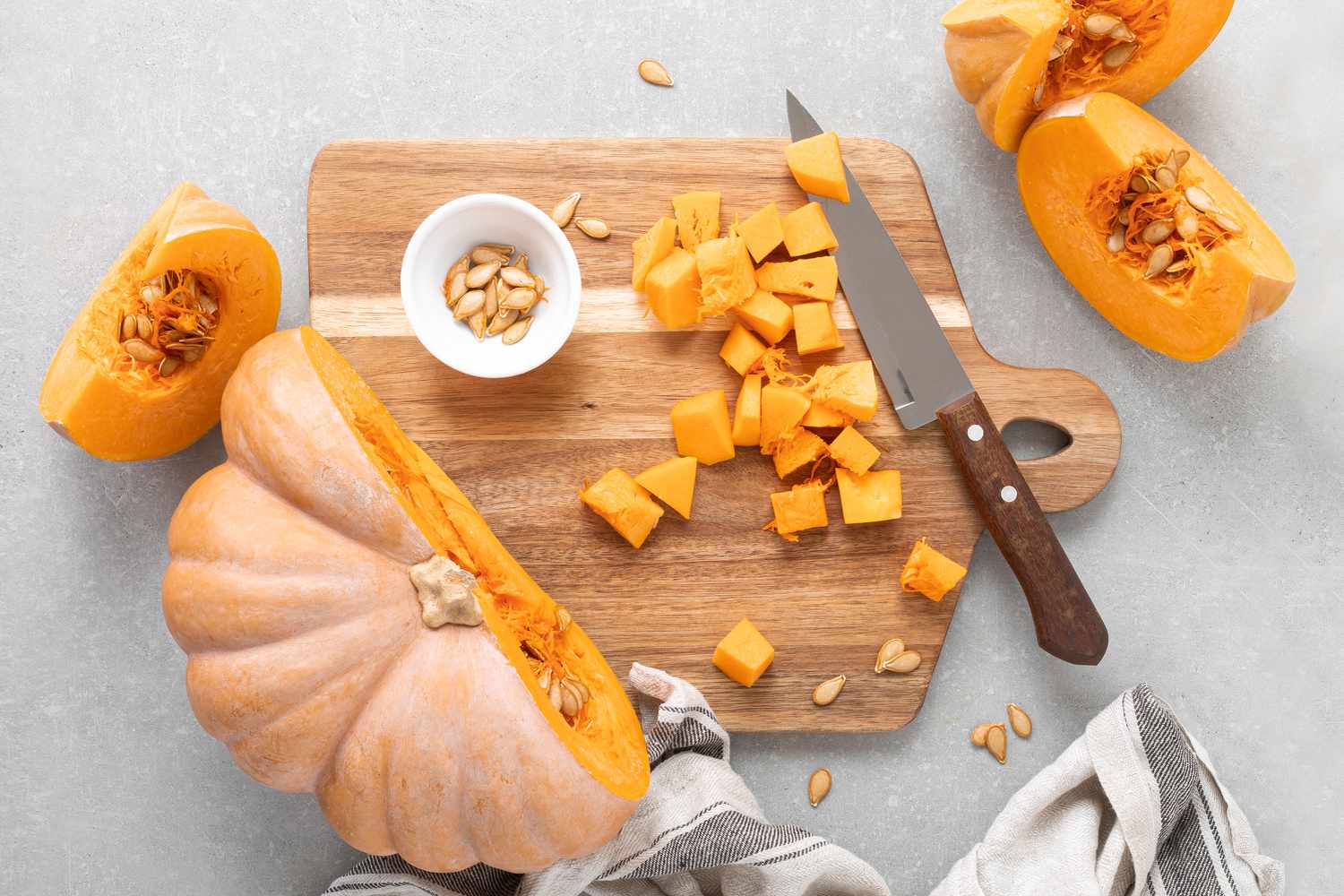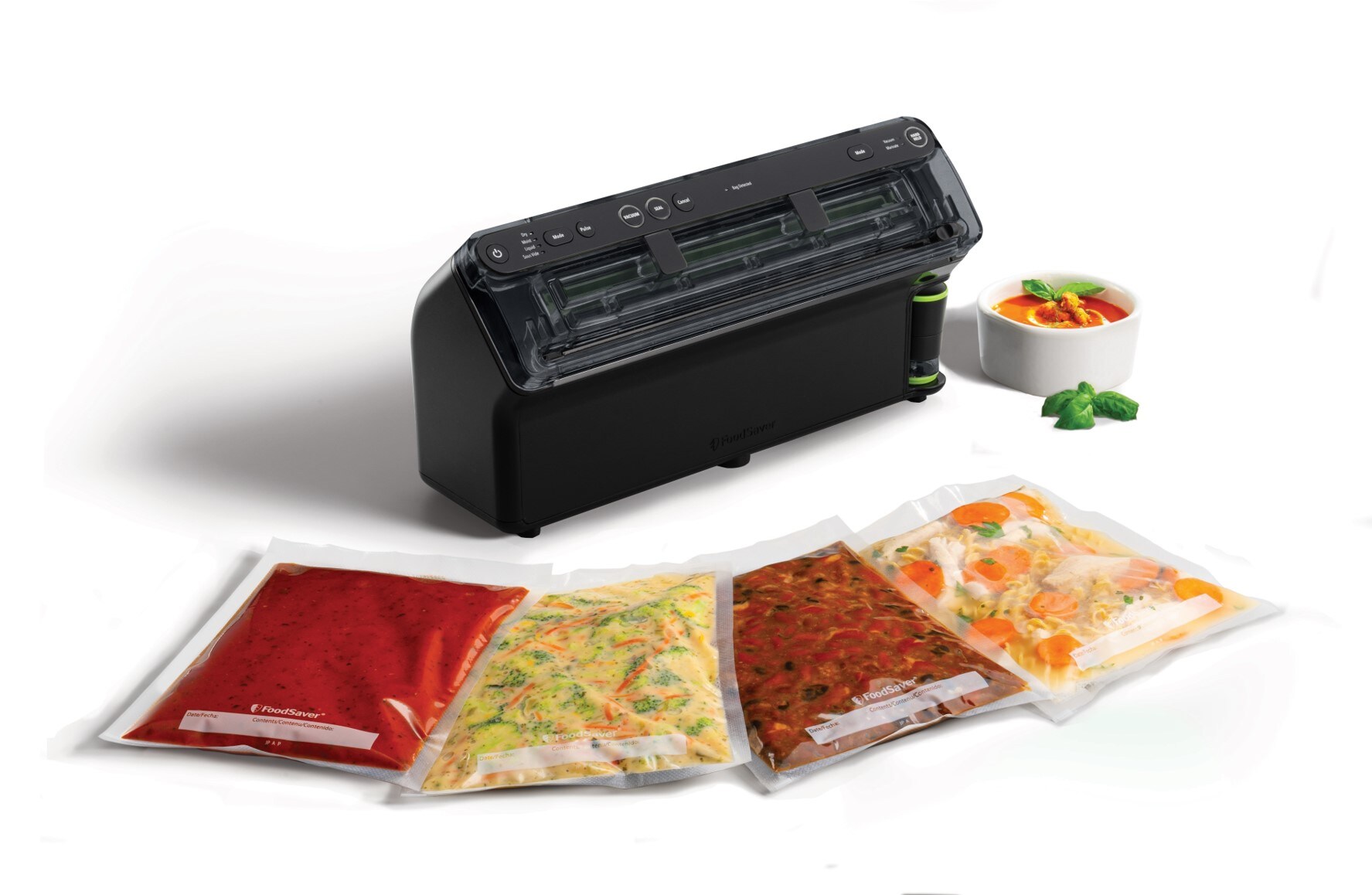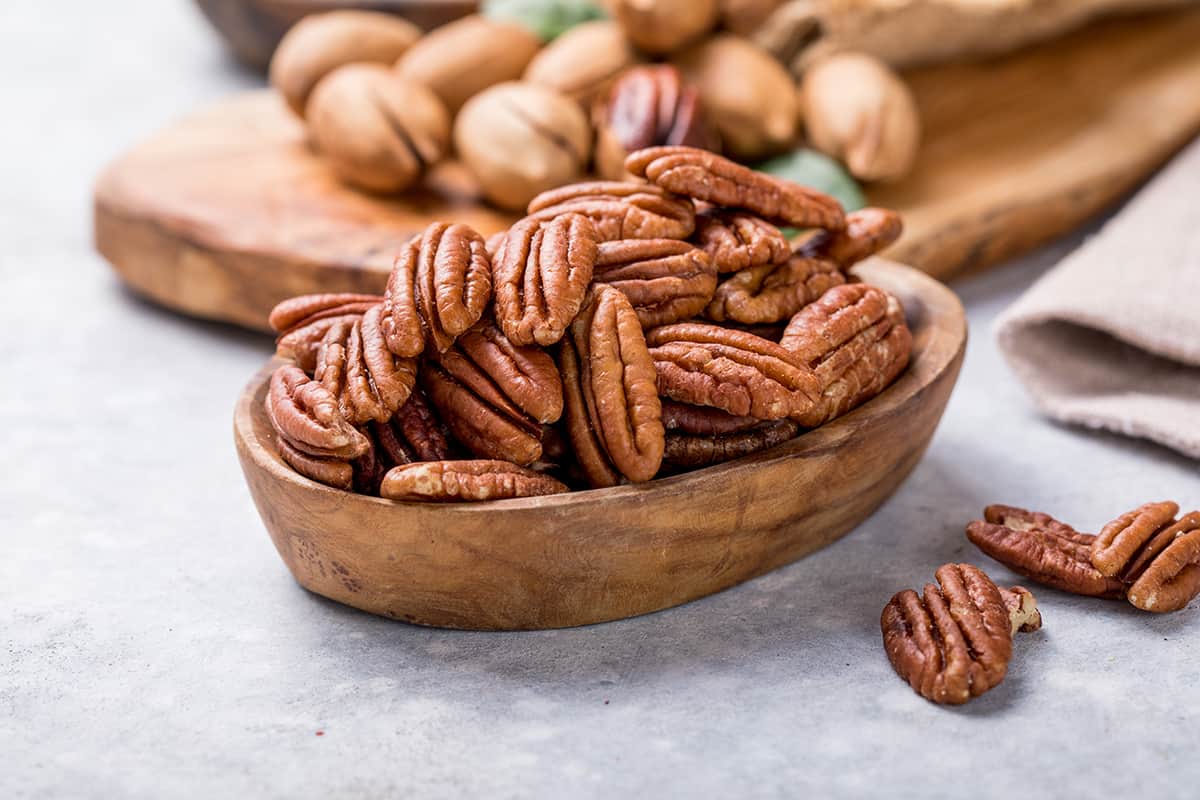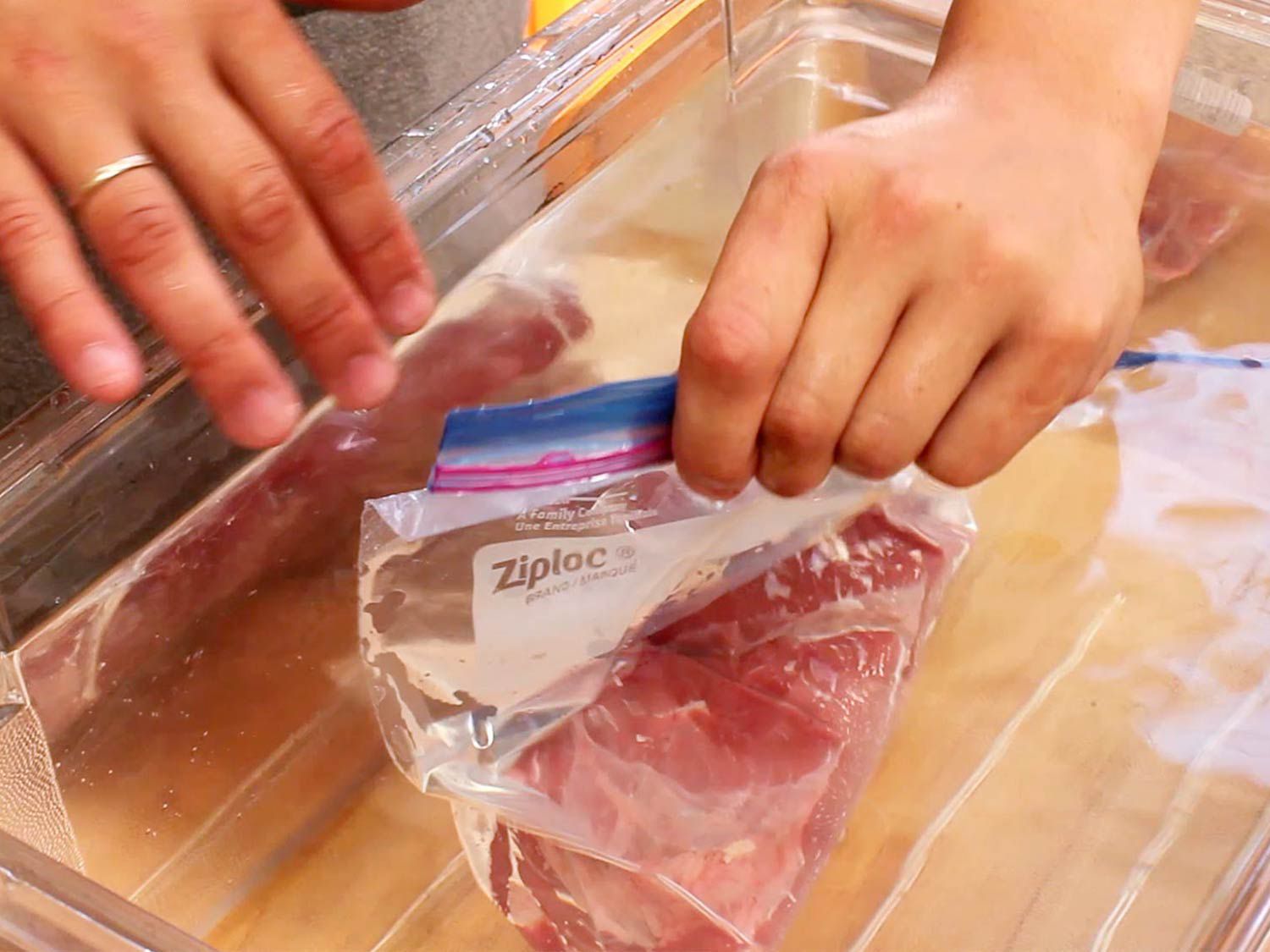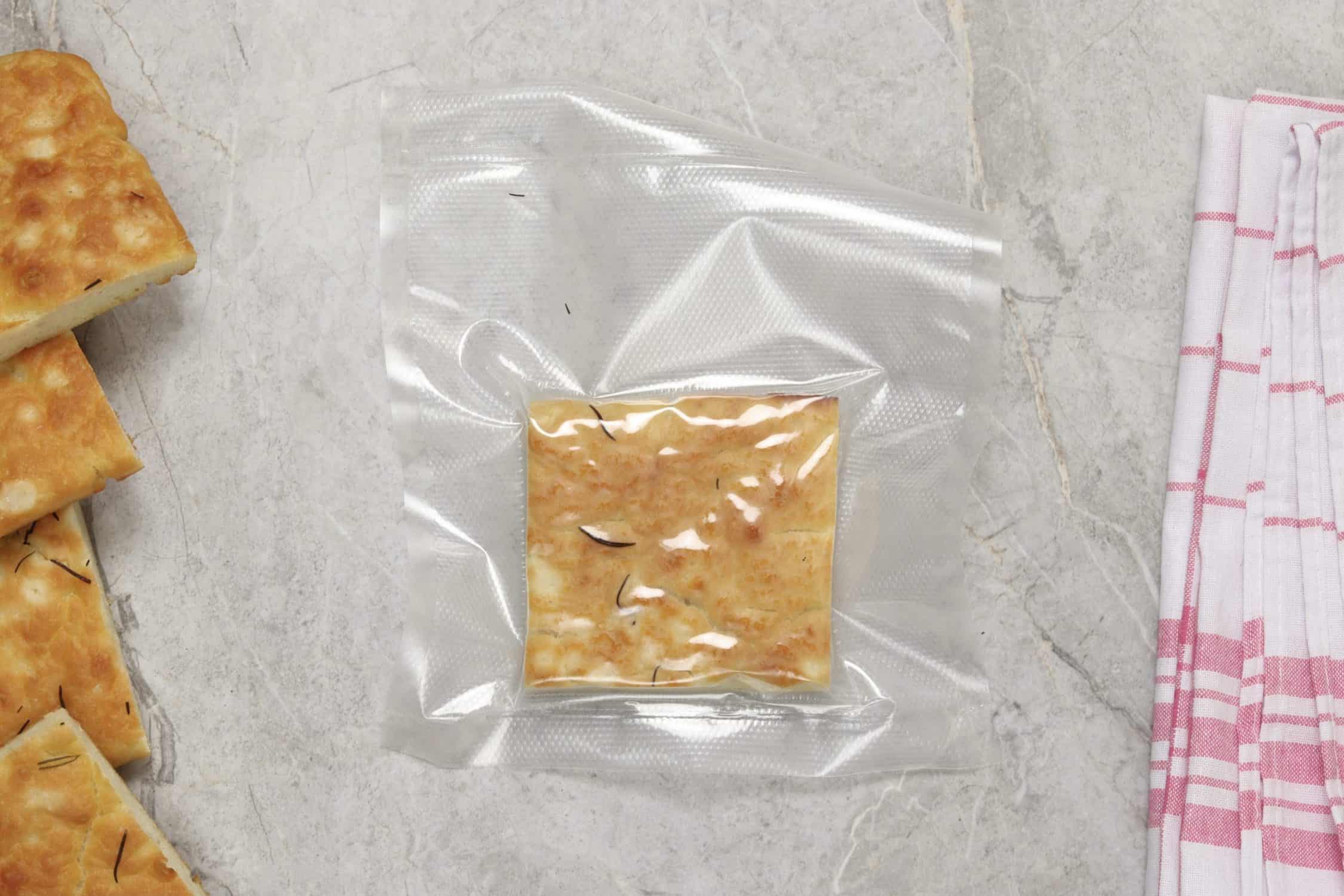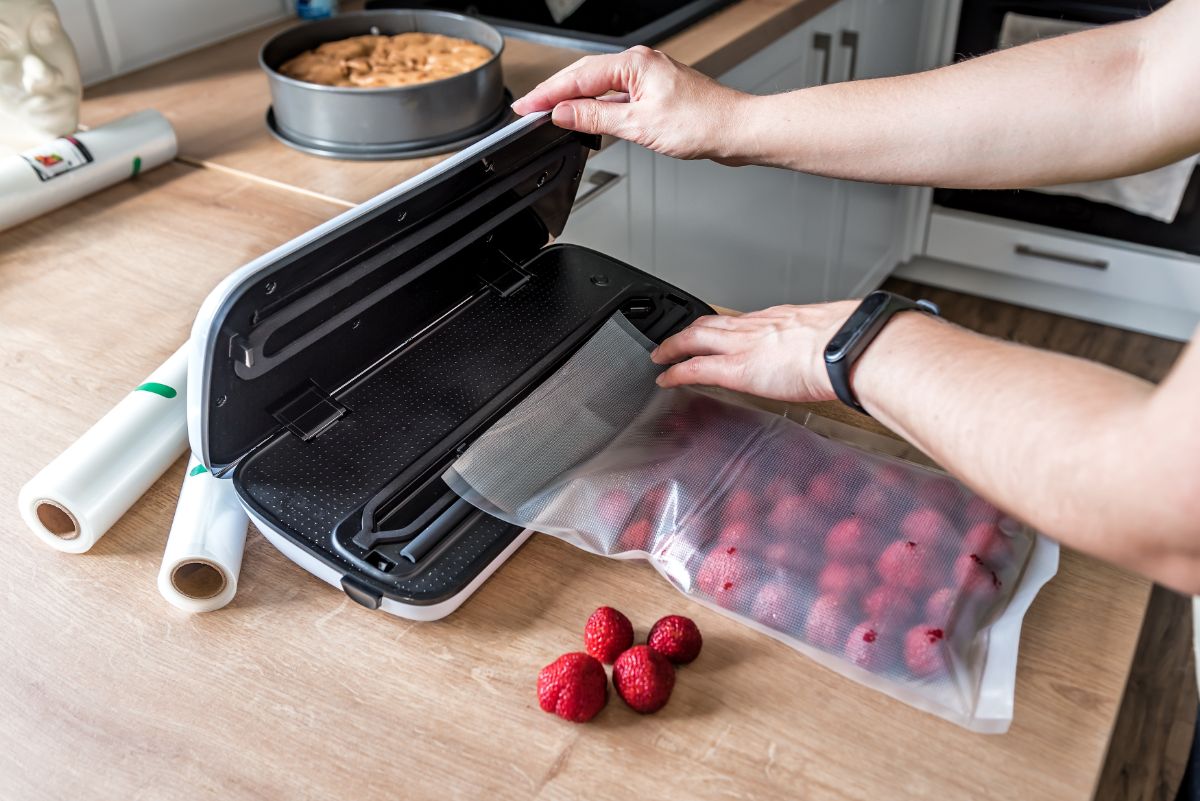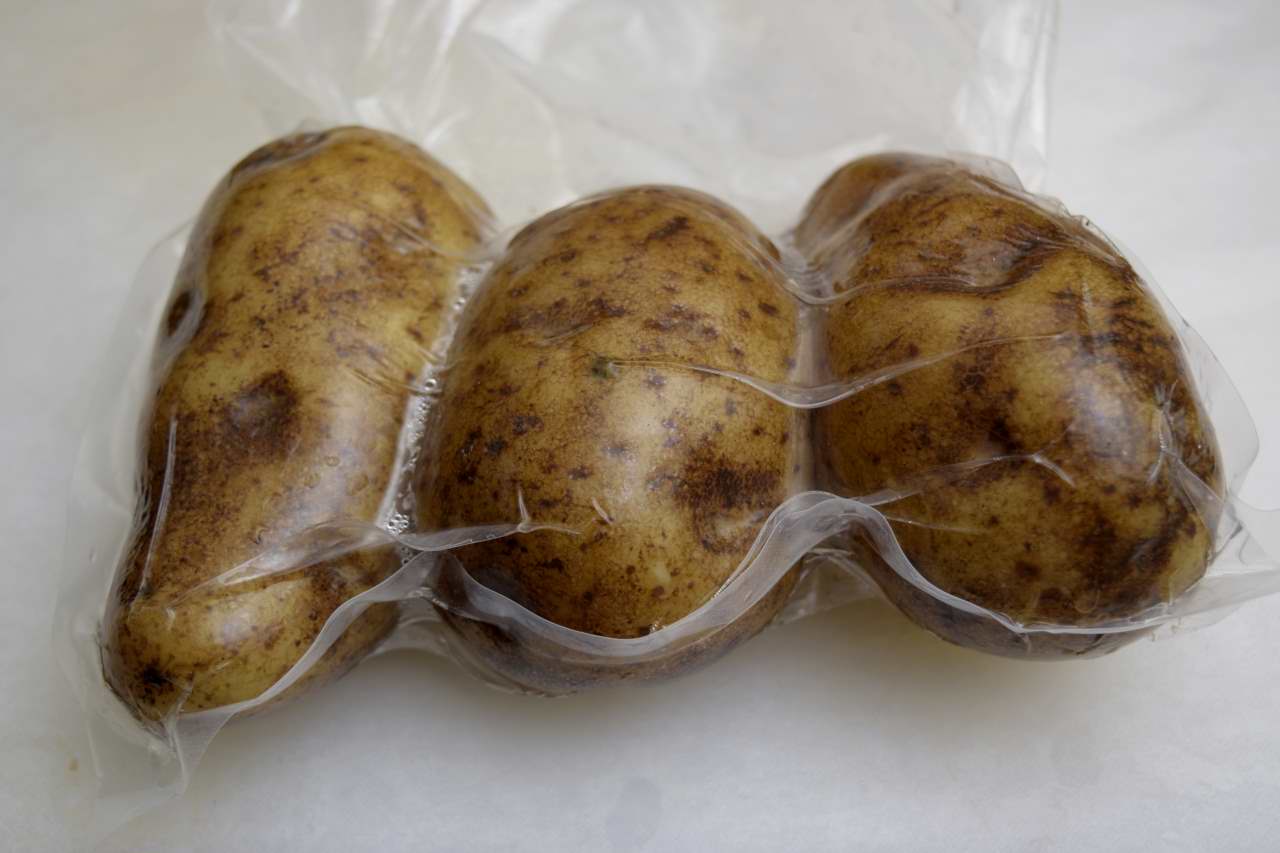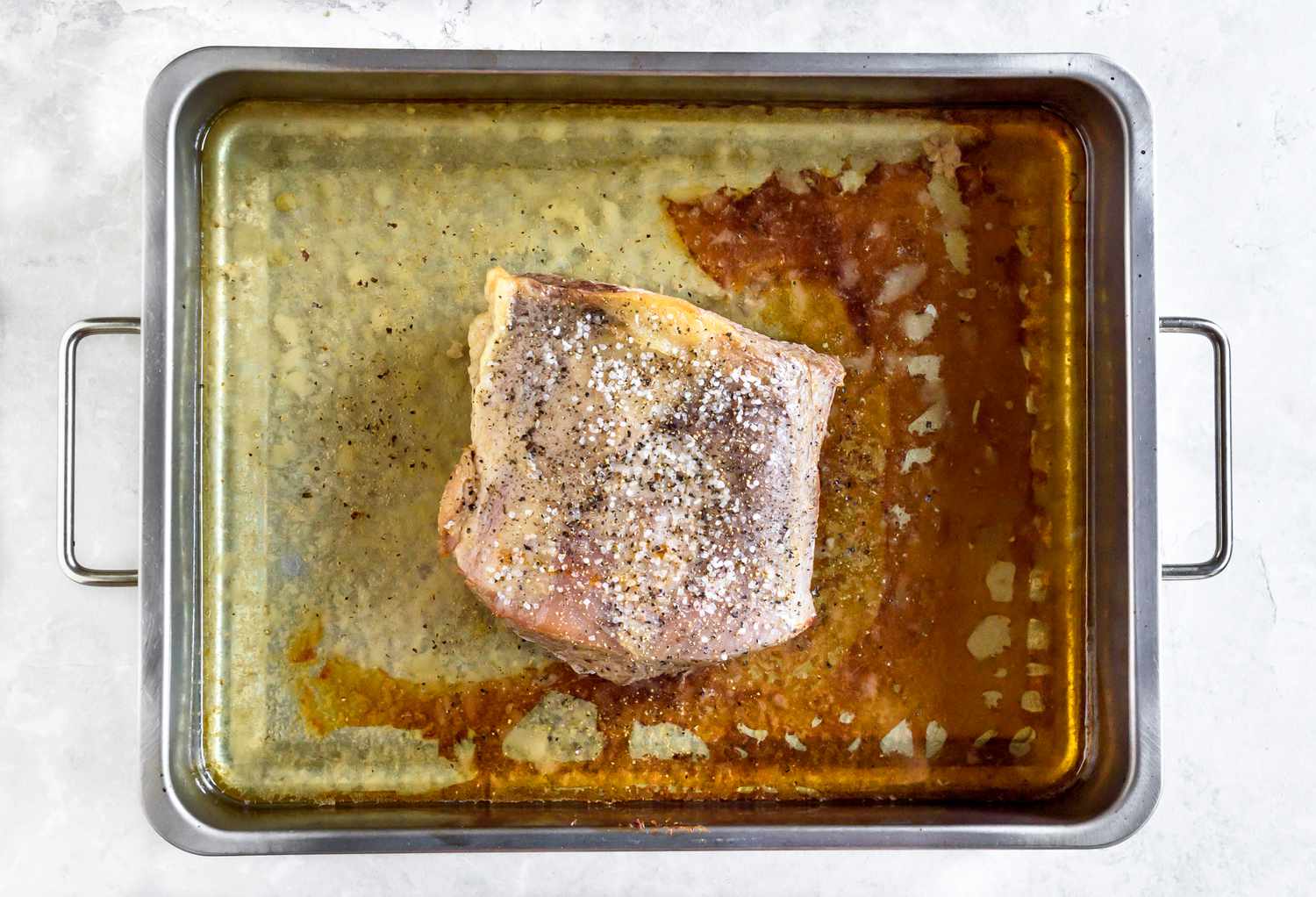Preserving Freshness: A Guide to Vacuum Sealing Foodsaver Containers
Are you tired of throwing away spoiled food? Do you want to extend the shelf life of your groceries? Vacuum sealing with a Foodsaver container is the solution you’ve been looking for. This innovative method can help you keep your food fresh for longer, saving you time and money in the process. In this guide, we’ll walk you through the steps to effectively vacuum seal Foodsaver containers, ensuring that your food stays fresh and delicious for as long as possible.
Step 1: Gather Your Supplies
Before you begin the vacuum sealing process, make sure you have all the necessary supplies on hand. You’ll need a Foodsaver vacuum sealer, Foodsaver containers, and the food you want to seal. It’s important to use containers specifically designed for vacuum sealing to ensure optimal results.
Step 2: Prepare Your Food
Whether you’re sealing fresh produce, leftovers, or pantry staples, it’s essential to prepare your food before sealing it in a Foodsaver container. Make sure the food is clean and dry, and portion it out as needed to fit into the containers.
Step 3: Seal the Container
Place the food inside the Foodsaver container, leaving some space at the top for the sealing process. Once the container is filled, carefully place the lid on top, ensuring that it’s securely in place. This step is crucial to create a proper seal and prevent air from entering the container.
Step 4: Vacuum Seal the Container
Now it’s time to use the Foodsaver vacuum sealer to remove the air from the container and create a tight seal. Follow the instructions for your specific model of vacuum sealer, ensuring that the container is properly positioned for the best results. The vacuum sealer will remove the air from the container, preserving the freshness of the food inside.
Step 5: Store and Enjoy
Once the Foodsaver container is vacuum sealed, it’s ready to be stored in the refrigerator, freezer, or pantry, depending on the type of food inside. Proper storage will further extend the shelf life of your food, allowing you to enjoy it at a later date without worrying about spoilage.
By following these simple steps, you can effectively vacuum seal Foodsaver containers and keep your food fresh for longer. Whether you’re meal prepping, storing leftovers, or stocking up on seasonal produce, vacuum sealing is a game-changer when it comes to preserving the freshness of your food. Say goodbye to wasted groceries and hello to a more sustainable, cost-effective approach to food storage!
Ready to give it a try? Pick up a Foodsaver vacuum sealer and containers, and start enjoying the benefits of vacuum sealing today.
